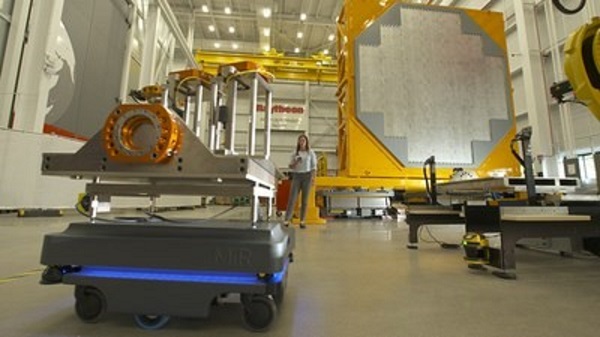Army posts intelligence fusion analytics RFI
 On May 4, the U.S. Army posted a request for information about intelligence fusion analytics. Responses are due by 5:00 p.m. Eastern on May 25.
On May 4, the U.S. Army posted a request for information about intelligence fusion analytics. Responses are due by 5:00 p.m. Eastern on May 25.
The US Army has multi-sensor platforms that are able to capture multiple sources of intelligence data for tactical operations using airborne platforms, such as the Enhanced Medium Altitude Reconnaissance and Surveillance System (EMARSS), and vehicles, such as Vigilant Pursuit. In addition, exploitation of open-source information (both publically available and derived from exploitation of captured devices) will provide additional intelligence data. Improved fusion and pattern analysis of these data are critical elements in order to decrease the user cognitive load by improving fusion algorithms and system ease of use. Fusion analytics introduces capabilities that will provide enhanced analytics and services as well as accommodate data from all the intelligence domains (e.g., HUMINT, GEOINT, and All Source). This RFI is intended to examine the degree to which the fusion solution will be capable of automating the performance of: normalization for all data, correlation for single or for all intelligence disciplines, relationship detection and aggregation, and pattern discovery/exploitation.
Description
U.S. Army Communications-Electronic Research, Development and Engineering Center (CERDEC), Intelligence and Information Warfare Directorate (I2WD) is conducting this RFI to determine potential capability and innovative approaches for fusion analytics.
Imbedded in such fusion capabilities is an underlying data construct, for which the government will provide a notional API for information. A central hub supporting fusion capabilities is an entity-relationship datastore that provides information about entities of relevance to the operational goal of situational understanding. To that end, these entities will be of specific types as required by operational need: military units, facilities, pieces of equipment, individual persons, significant events, organizations, personas, and networks. In addition to providing attributes about the entities themselves, the datastore (and API) also needs to provide for interrelationships between the entities, and support attributes on those relationships as well. This data structure can be viewed as a graph, with the entities seen as nodes and the relationships as edges.
The nature of intelligence analysis for situation development leads to maintenance of three “layers” of data: raw inputs (sensor reports, text files, video, etc.), entities and relationships extracted from the raw inputs but not yet de-duplicated/correlated, and a ‘fused’ set of entities and relationships that represents a single set of correlated data on each. The attributes maintained in the fused layer will contain data values intelligently combined from the constituent uncorrelated pieces, and specific approaches for this combination can be provided. Provenance (“entity history”) is also required between these three layers – raw inputs are connected to their extractions, and the extracted-but-uncorrelated entities and relationships are connected to their fused resultants.
Full information is available here.
Source: FedBizOpps








